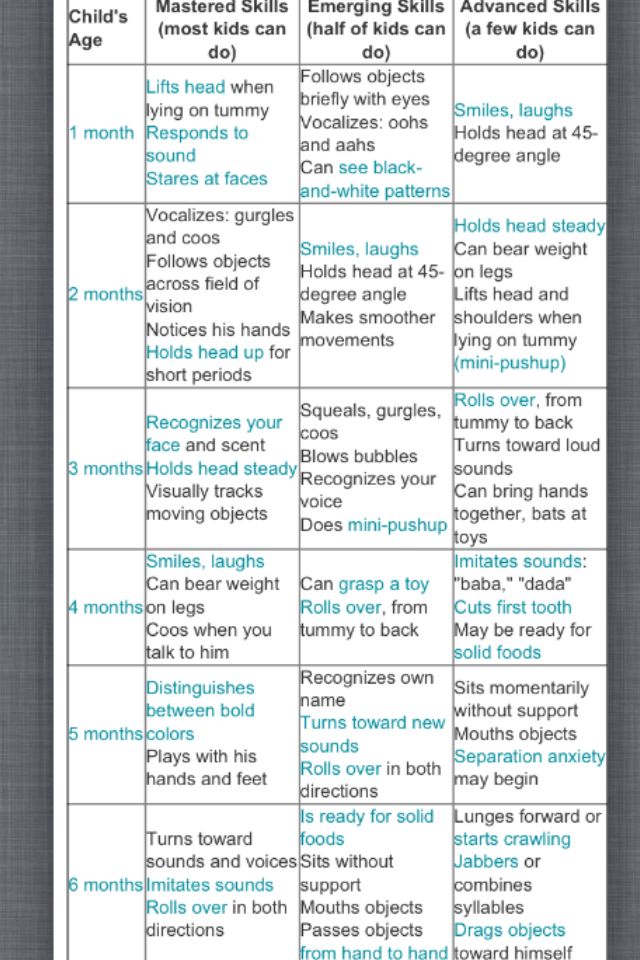Combination feeding baby schedule
Combination Feeding 101: Breastfeeding and Formula Feeding Schedules
Combination feeding is when you give baby both breastmilk and formula throughout the day.
This article’s aim is to answer most of your combination feeding questions and give you breastfeeding and formula feeding schedule ideas.
At the end of the post, look for the baby feeding bundle with loads of tools to help you with everyday baby care.
Let’s take a look!
This post may contain affiliate links. Full disclosures here.
Common Questions About Combining Breastfeeding and Formula Feeding
Let’s begin with addressing some common breastfeeding and formula feeding questions and then look at reasons why combination feeding might be a good fit for you.
Can you Breastfeed and Formula Feed A Baby at the Same Time?
Of course!
The method of combining both breast milk and formula feeding is called supplementing and this is perfectly ok to do.
There are moms who breastfeed first, and then finish with a bottle of formula. Or, some moms formula feed during the day and breastfeed at night.
This read is an ultimate breastfeeding and formula feeding guide that aims to answer as many of your combination feeding questions as possible!
Let’s keep going!
What are the Benefits of Part-Time Nursing?
There seems to sometimes be a reluctancy for some moms to accept combination feeding as a viable breastfeeding option.
Remember, breastfeeding doesn’t have to be all or nothing. I learned this lesson with my second baby.
When it comes to mixed feeding, you may ask yourself this logical question, “Is it worth it to only breastfeed once a day?”
With that said, let’s just look at some bullet points of what benefits still remain for a baby that is combination fed breastmilk and formula.
- Baby is still getting some of that liquid gold. With which, even in very small amounts equates to enormous nutritional benefits for baby.
- The bonding component to nursing is still intact even if it is only taking place once or twice a day.
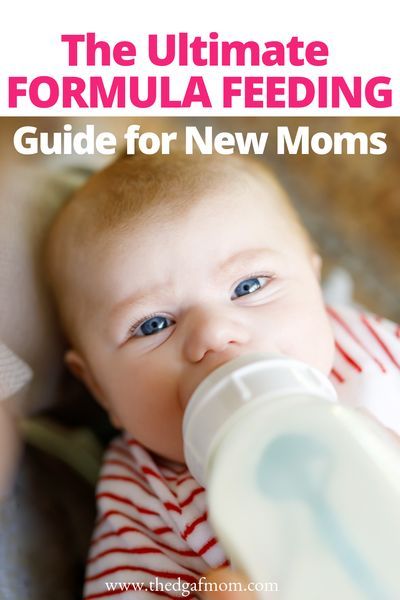
- A baby that nurses from the breasts may increase their oral development overall.
If you want to try combination feeding, but are hesitant due to a perceived loss in the bonding experience, see these genuinely simply ways to bond with baby without nursing.
Can I Breastfeed During the Day and Formula Feed at Night?
This mixed feeding question is often asked when moms are searching for a way to help their baby sleep better through the night.
Depending on the age of the baby, frequent wakings to feed are a normal and necessary survival instinct.
Giving your baby formula at night is no guarantee that they will sleep longer. However, it is of course a personal choice whether you give your baby formula at night and breastfeed during the day.
Reasons for Combination Feeding
There really are many reasons why a baby may end up being combination fed. To add to that, the reasons themselves can be just as vastly different as we are to each other.
Nevertheless, there seem to be some more common reasons for combination feeding as a whole and those tend to be as follows:
- Low birth weight or trouble gaining weight.
- Low milk supply.
- Mother of multiples.
- Mom wants to sleep in and let spouse or someone else feed the baby.
- Breasts did not respond well to pumping.
- Period has caused baby to reject breast milk.
- Baby won’t drink frozen milk due to high lipase.
- Baby is easily distracted while nursing.
- Baby has developed nipple confusion.
- Mom has chosen to wean off of pumping.
I should also add that many new moms experience trouble with latching their newborns, which can lead to pain and low milk supply from the start.
To avoid this issue and many more that can sabotage successful breastfeeding, I recommend investing in an affordable online breastfeeding course, like Milkology’s The Ultimate Breastfeeding Class.

My Experience with Combination Feeding
I myself am currently combination feeding my 6 month old.
We started out strong by exclusively nursing, this changed when I began allowing my husband to give our baby a bottle of formula some mornings so I could catch up on sleep.
My baby quickly began preferring the bottle over breast when he realized how much better he could look around at everything that was going on in the house.
He gets distracted very easily and has a bad case of FOMO!
Soon, he was refusing to nurse during the day. We now bottle feed formula in the daytime and he nurses at night and first thing in the morning.
It’s not exactly what I had hoped for, but he’s happy and I’m allowing myself to still consider that a huge win!
Mixed Feeding Pros and Cons
An advantage of mixed feeding, is that you always know your baby is getting fed enough.
Another pro for combination feeding, is that someone other than mom has the ability to feed baby, giving mom a much needed break.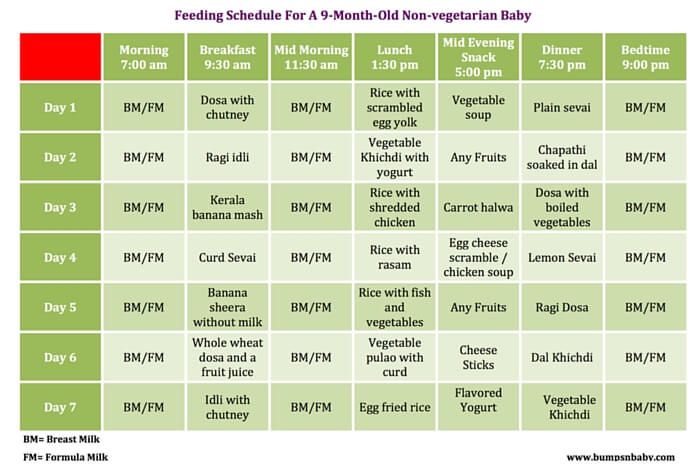
A substantial disadvantage of mixed feeding for some moms is the decrease in milk supply. However, this can be avoided by expressing breast milk in between bottle feedings.
Part-Time Nursing Options
Partial weaning or otherwise known as part-time nursing is simply the breastfeeding process you choose to adopt. As you will see, combination feeding can take on many different forms.
Some part-time nursing options include:
- Formula feed during the day and breastfeed at night.
- Breastfeed during the day and let dad formula feed baby at night.
- Breastfeed at night, early in the morning and around nap time, formula feed the rest of the time.
Partial Weaning for Working Moms
A common demographic who try combination feeding the most is the working mom. This of course has a lot to do with mom being away from baby during the day.
There are also other reasons why a working mom may find partial weaning a favorable option for her.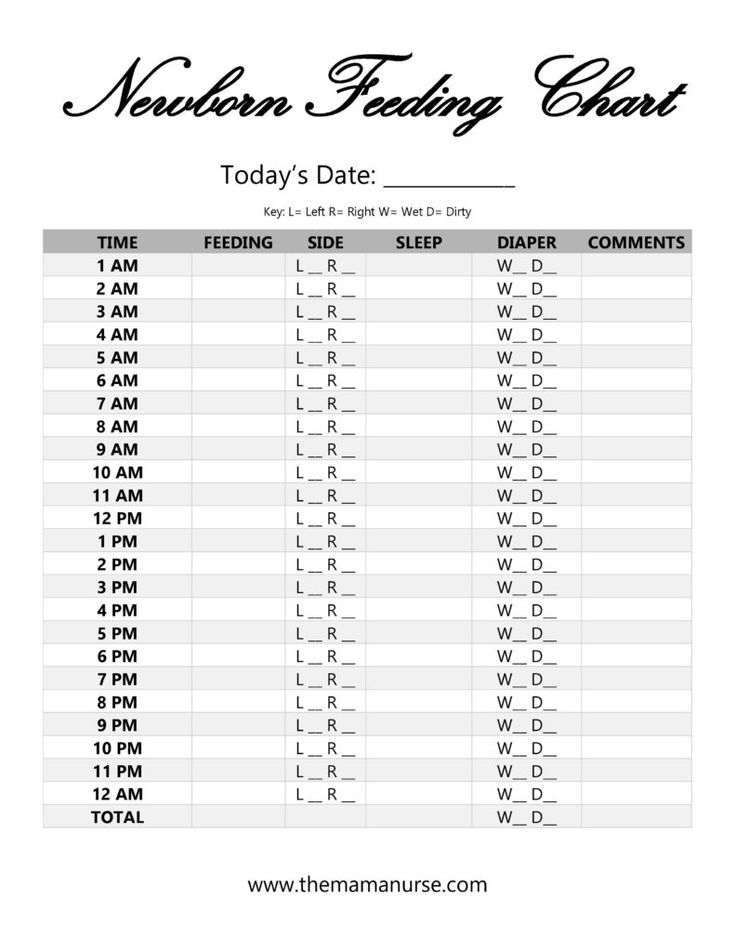
For example, there are working mothers who choose not to pump at work or are not able to.
Some working moms have demanding work schedules and need to wean from pumping while at work.
A combination feeding scenario for working moms means that baby will be fed formula or food items while they are apart and will resume some breastfeeding when back together.
A combination feeding schedule for working moms could look something like this:
- Baby nurses first thing in the morning.
- Baby nurses again one more time before mom and baby separate for the day.
- Baby receives formula and/or food throughout the day while mom is at work.
- Baby resumes nursing when back to together with mom and throughout the night as needed.
Some moms struggle with how to transition their baby from breastfeeding 100% of the time to combination feeding them once returning to work.
If you feel like this resonates with you, I would encourage you to register for The Ultimate Back to Work Pumping Class by Milkology and also use the code LOVE15 for 15%.
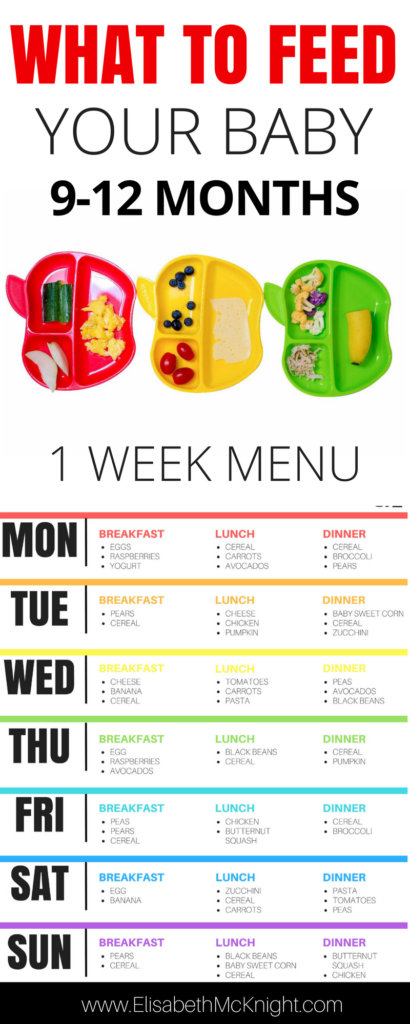
With this easily accessible online resource, you will learn the essential strategies for preparing yourself and your baby for the transition. I find the lessons on how to introduce a bottle to your baby some of the most helpful.
How Will Partial Weaning Affect Milk Supply?
Milk supply is dependent on milk removal.
This rule of lactation means that as long as milk production was established early on, the breasts will continue to make milk even while only breastfeeding once or twice a day for extended periods of time.
Therefore, a drop in milk supply is inevitable when breastfeeding sessions are removed.
However, milk supply could potentially be regained with a consistent nursing or pumping schedule for a period of time. Here are a few effective ways to increase milk supply fast.
Relactating also strongly depends on how well your milk supply was originally established, how long it has been decreasing and how many months postpartum you are. (1)
(1)
If you find yourself in need of a quick milk supply fix, take Milkology’s online mini course, Master Your Milk Supply.
How to Start Feeding with Formula
You’ve made it to the point in this combination feeding guide where supplementing with formula is discussed in more detail.
We will look at topics such as how to mix breast milk with formula in the same bottle. As well as how to safely prepare, use and store different bottles of formula with and without breast milk.
Let’s dive in!
What Percentage of Babies Use Formula?
Quickly, let’s look at some formula feeding stats just for some added insight!
According to the CDC’s breastfeeding report card from 2018, 4 out of 5 babies begin their life being breastfed. However, by the time they turn 6 months old, 75% of babies have been fed formula. (2)
Does Supplementing with Formula Reduce the Benefits of Breastfeeding?
Is mixed feeding good for babies?
Any amount of breast milk is beneficial for babies.
However, introducing formula too early on may leave a breastfeeding mom at risk of hurting her milk supply, which could drastically shorten the duration of how long she can breastfeed.
Nipple confusion could also play a huge role in reducing the benefits of breastfeeding. Further down you’ll see which bottles are best for combination fed babies that help reduce the risk of nipple confusion.
Another avenue to turn to is exclusive pumping to maintain your milk supply with a baby who has severe nipple confusion.
You can learn the crucial techniques needed to know in order to succeed at exclusively pumping in this excellent online exclusive pumping class.
Best Baby Bottles for Combination Feeding
The misconception with baby bottles for breastfed babies – is that the bottle should be shaped like a breast. That this, will eliminate nipple confusion if the baby feels as if he or she is feeding from a breast.
This is false.
Instead, you want to look for a baby bottle with a nipple that looks and feels like a natural nipple would when latched on to, like these bottles at Amazon.
Not a bottle that looks like a breast.
You can see the difference below in these two baby bottles for a clear comparison.
How do You Combine Breast Milk and Formula?
Can you mix breast milk and formula in the same bottle? The answer is yes, but there are some rules to follow when doing so to ensure safety guidelines are being followed.
Let’s also look at how to prepare your bottle of formula.
First, prepare your bottle with distilled, purified or safe drinking water and follow the instructions on the powdered formula jar for how to determine the amount of formula to water ratio.
See the five powdered infant formula steps in the infographic below.
Once the formula is properly prepared, you can then add the breast milk to the same bottle.
If you would like the assurance of the perfectly portioned bottle of formula, the Baby Brezza at Amazon does the measuring for you to create the safest bottle of formula every time!
Rules for Mixing Breast Milk and Formula in the Same Bottle
While mixing breast milk and formula together can be perfectly safe, there are still some safety precautions you should take when doing so.
For one, you should never replace breast milk for water when preparing a bottle of formula for your baby.
There are also different rules for storage and use of breast milk and formula. Formula, once mixed has a much shorter time-span for use than freshly pumped breast milk does. (3)
Storage and Use Guidelines:
- Mixed formula is good within 1 day.
- Combination formula and breast milk bottle should also be used within 1 day or discarded.
- Freshly pumped breast milk should be used within 5 days of refrigeration.
- Freshly pumped room temperature breast milk is good for up to 5 hours. (4)
- A bottle of formula and/or mixed breast milk with formula at room temperature should be used within 1 hour or discarded.
- Partially drank formula or formula plus breast milk should be immediately discarded and not reused.
Combination Feeding Amounts, How Much Formula?
In general babies eat when they’re hungry and will stop when they get full.
Babies will also usually signal that they are hungry by rooting, suckling, sucking on hands, opening their mouth and crying. Learning your baby’s hunger cues is a vital skill and top breastfeeding tip for first time moms.
It is important to talk to your baby’s doctor to get the best idea of how much formula to give your baby based on their growth curve, age and weight.
A simple guideline (not a rule) to go by to help you roughly estimate about how much formula a baby might need based on weight – is to give a baby 2.5 ounces of formula per 1 lbs. of body weight daily. (5)
Breastfeeding and Formula Feeding Schedule
Time to see an example combination feeding schedule for a baby around 6 months old. This will be based on my current mixed feeding schedule with my little combi-fed guy.
To add more context, I prefer to formula feed during the day and breastfeed at night.
This way, my baby can be fed by anyone during the day and I can sometimes catch up some much needed sleep or even leave the house from time to time.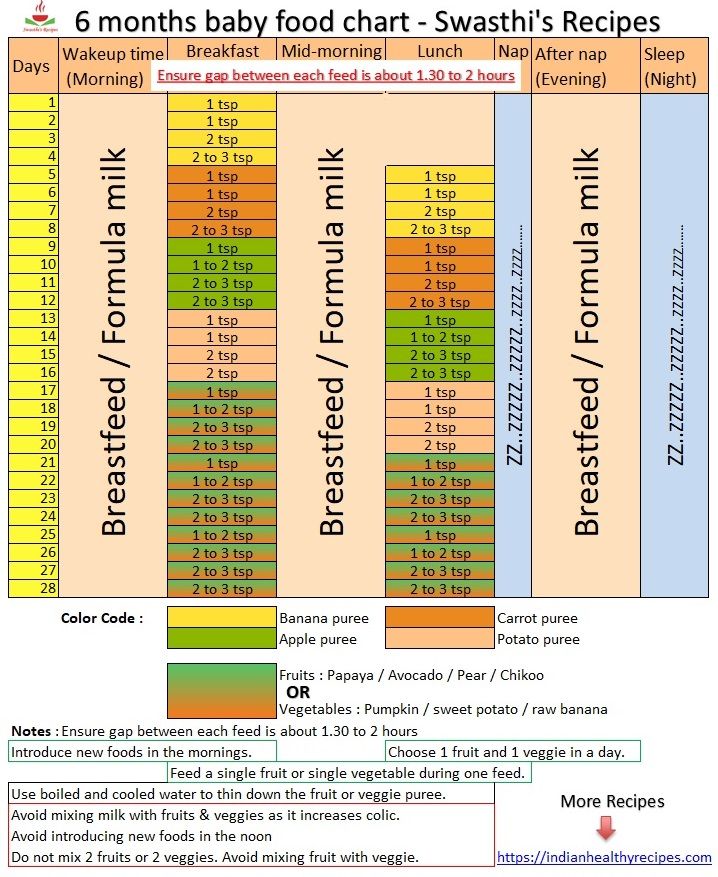
It is easiest for me to still nurse him in bed when he wakes 1-2 times in the middle of the night.
The reason I am not pumping this time (like I did with my first born) is because my breasts did not respond well to the pump after exclusively breastfeeding my son for the first 5 months of his life.
And to be completely honest, I just was not as passionate about pumping this time around after doing it exclusively for a full year with my first!
Combination Feeding Schedule 6 Month Old:- 7:30 AM – Nurse baby in bed after waking.
- 8:30 AM – Give baby a 4-5oz. bottle of formula.
- 9:30 AM – First nap of the day.
- 10:30/11 AM – 4oz. bottle of formula.
- 12:00 PM – 2nd nap of the day.
- 2:00 PM – 4-5oz. bottle of formula and maybe some baby food after.
- 4:30 PM – 3-4oz. bottle of formula and nap time.
- 5:30 PM – 3oz bottle of formula and some baby food.
- 7:00 PM – 4oz bottle of formula and bedtime.

- 11:30 – 4:30 – Nurse baby as needed throughout the night.
I hope seeing a visual of what our mixed feeding schedule looks like on a daily basis gives you a better idea of how combination feeding might fit in to your daily routine.
This of course is just an example and your baby will most likely require something unique to him or her.
Another helpful post related to this topic is this breastfeeding and pumping schedules guide full of real life routines to help you realistically plan it all out.
Combination Feeding Tips
How to Save Money on Formula
Amazon is a convenient place to buy formula. Plus, if you use Amazon’s subscribe and save option, you can get up to 20% off every month if you’re purchases meet the minimum criteria.
You can also sign up with formula companies to receive truck loads of free formula samples and look for coupons they will most likely also send you.
Introducing A Bottle Tips
Start with one feeding a day to replace the breast with bottle.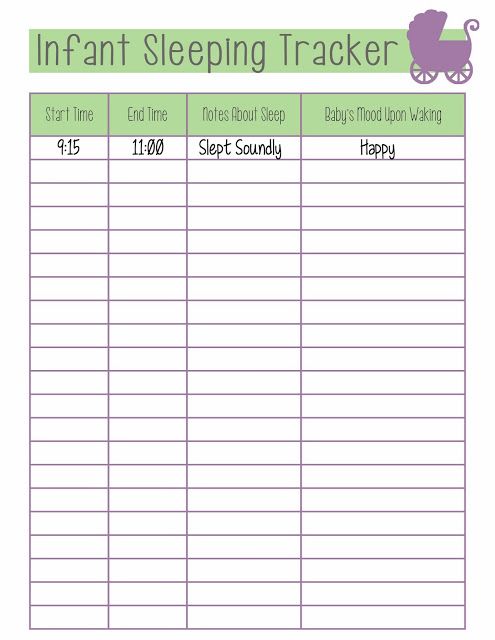 Choose a feeding when baby will be expecting a feed, but don’t wait until they are very hungry.
Choose a feeding when baby will be expecting a feed, but don’t wait until they are very hungry.
Sometimes things go more smoothly when someone else other than mom gives baby their first bottle. You may also want to start baby’s introduction to a bottle with breast milk, which will be more familiar to them.
You might be interested in this printable baby bundle with resources to help you with everyday baby care!
To Top Things Off
Combination feeding can take on many different forms and be for many different reason. Breastfeeding IS NOT one size fits all and it doesn’t have to be something else you need to the best at.
Mixed feeding still has many benefits and if part-time nursing works best for you, there is no reason to feel guilty if your baby gets formula everyday as well.
I sincerely hope this introduction to combining breastfeeding and formula feeding left you feeling more confident and informed!
Thanks for making it to the end!
Please share this article and find me on all of the socials @loveourlittles!
263 shares
Guide to combination feeding your baby
1549 shares
Do you want to try combination feeding for your baby but aren’t sure how to mix breast milk and formula into your routine?
First of all, feeding your baby does not have to be an all-or-nothing situation.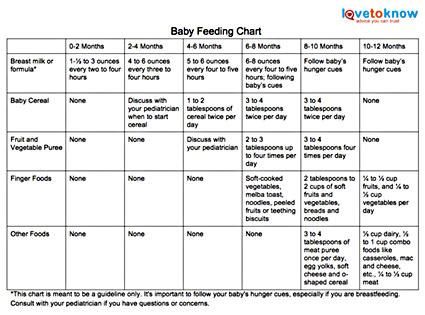
You do not have to choose breastfeeding over formula or vice-versa.
The reason us mamas often feel pressured to only breastfeed is that the “gold” World Health Organisation standard is to breastfeed exclusively for one whole year.
This means that if you’re adding in a bottle or two of formula per day, you’re left worried that offering any breast milk is pointless.
The truth is, any amount of breast milk that you can give your baby is amazing. Do not let the word “exclusive” put you off from mixed feeding your baby.
I had two very different feeding journeys with both of my babies.
One was mix fed from just a few days old until around five months when she switched to formula permanently. During this time I was pumping her feeds, so I know exactly how demanding it can be dealing with bottles and boobs at the same time!
With my second, she was breastfed for the first seven months, but we often supplemented with the odd bottle of formula.
In the end, it was all about finding the balance that was right for us.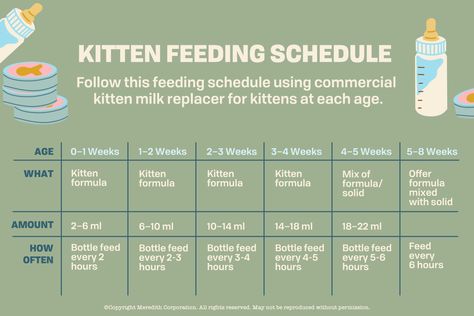 As with so many things in motherhood, there is no right answer.
As with so many things in motherhood, there is no right answer.
If you are feeling guilty about this, shut that down right now. We are all doing our absolute best. If you are worrying about this, then it means you care.
A happy mama, is a happy baby. So find your happy medium that works for you, and run with it! That’s all that matters at the end of the day.
Read more: Beginner’s tips to breastfeeding
Breastfeeding essentials
Is it possible to feed a baby breast milk and formula?
Yes it is possible to feed your baby breast and formula milk.
The fact of the matter is that when you drop breastfeeds your boobs simply adjust the supply.
There may be a few weeks of engorgement and issues with adjusting your supply, but your boobs work on a demand basis. If there is still a regular, daily demand for breast milk, your boobs will produce the goods.
After babies have been weaned, many mamas continue to offer the evening feed just before bedtime, while giving their baby milk and food the rest of the day. See, your boobs just adjust the supply to fit the demand.
See, your boobs just adjust the supply to fit the demand.
However if you would like to mainly breastfeed your baby with the odd top-up of formula, then you will need to maintain regular, full breastfeeds for your baby so that your supply keeps up.
Some health professionals may tell you to avoid mix feeding in the early weeks.
I’m on the fence about this one.
My youngest had formula from day two but still went on to mainly have breast milk with a little formula here and there to give me a break.
Nipple confusion and mix feeding
I’ve never had an issue with nipple confusion but many health professionals say this can be an issue.
Nipple confusion is where your baby is given a bottle and they then begin to favour this over breastfeeding. It can lead to nipple pain as your baby’s latch becomes harder to get right.
As I said, I never had an issue with this but that’s not to say it won’t be a problem for you. If you are worried, try the following:
- Delay introducing the bottle until your baby is around six weeks.

- Continue to breastfeed your baby frequently all day.
- Try a bottle and teat that is specifically designed for breastfed babies. There are many of these on the market. Medela makes a fantastic version. If you’re wondering about different teat sizes I have a guide here plus tips for when to change flow rate.
Can I give my baby occasional bottles of formula?
Yes you can!
You don’t have to have a strict formula and breastfeeding routine. You can just add the odd formula bottle here and there when you need a rest.
The one thing you won’t be able to do is offer the odd breastfeed. You will need to breastfeed regularly throughout the day (especially in the first few weeks) in order to establish and maintain your supply. One breastfeed a week is not going to work for your supply.
In order to make a decision about what’s best for you, think about your daily and weekly routine. When would a bottle of formula help you out the most? If it’s only once a week, fine.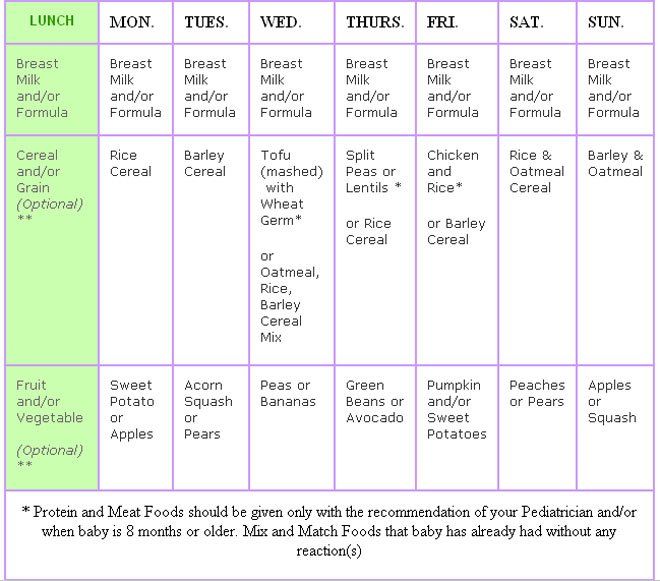 If it’s once a day, that’s fine too.
If it’s once a day, that’s fine too.
It’s really up to you. But if you do want to maintain your breast milk supply you will need to be putting your baby to the breast several times daily.
Is partial breastfeeding still beneficial?
Yes it is! As I said above, breastfeeding does not have to be an all or nothing affair.
Any small amount of breast milk is going to benefit your baby, because you will be passing on essential vitamins and immunity through your breast milk.
Offering your baby the odd bottle of formula will not cancel out those benefits. Read up more on this over on the KellyMom site.
Benefits of mixed feeding
There are many benefits of mixed feeding that can help both parents to care for their baby.
One of the key issues with breastfeeding is the toll it takes on the mama. Being solely responsible for feeding the baby at all hours is exhausting.
If there are other kids to care for as well, it can really be a struggle.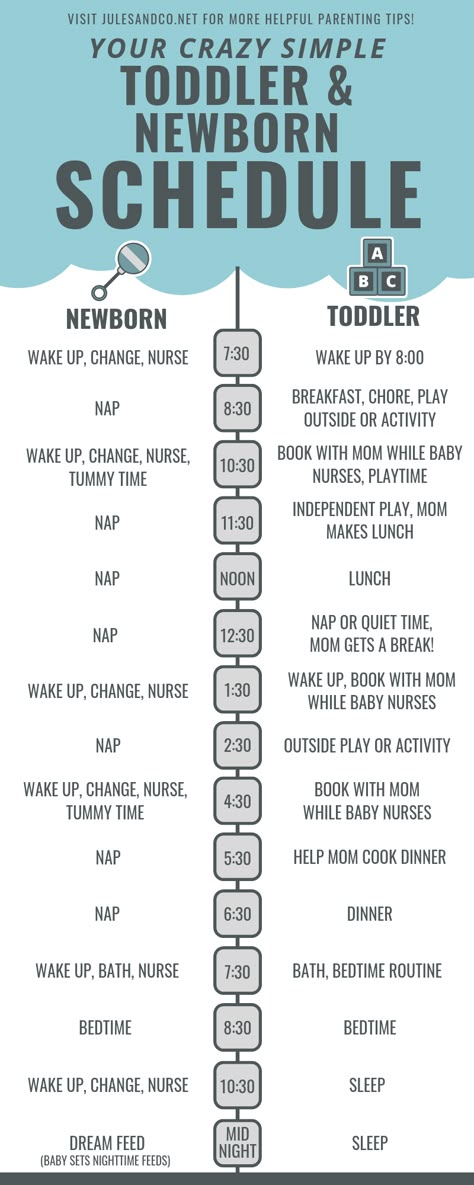
Here are some amazing benefits to mixed feeding.
- Gives mama a break.
- Helps mama breastfeed for longer. Many mamas on the verge of giving up breastfeeding could be pulled back from the brink if they could just have a break. Giving mama a break means she can rest, reset her mental stresses and approach the decision to breastfeed with a clear head.
- Lets dads and other relatives get involved with feeding. You may have a grandparent who is desperate to get a turn at feeding the baby. Or dad may be feeling like a bit of a spare part while you are doing most of the work. Many relatives would love to help you out, and offering the occasional bottle gives them a chance to do this.
- Enables mama to be away from baby if needed. You may have a wedding coming up or other occasion. Ditching exclusive breastfeeding, or expressing plenty of milk to leave for your baby, gives you the chance to have an entire day off if you want! Just remember to take your pump, a good cool bag and spare bottles with you.
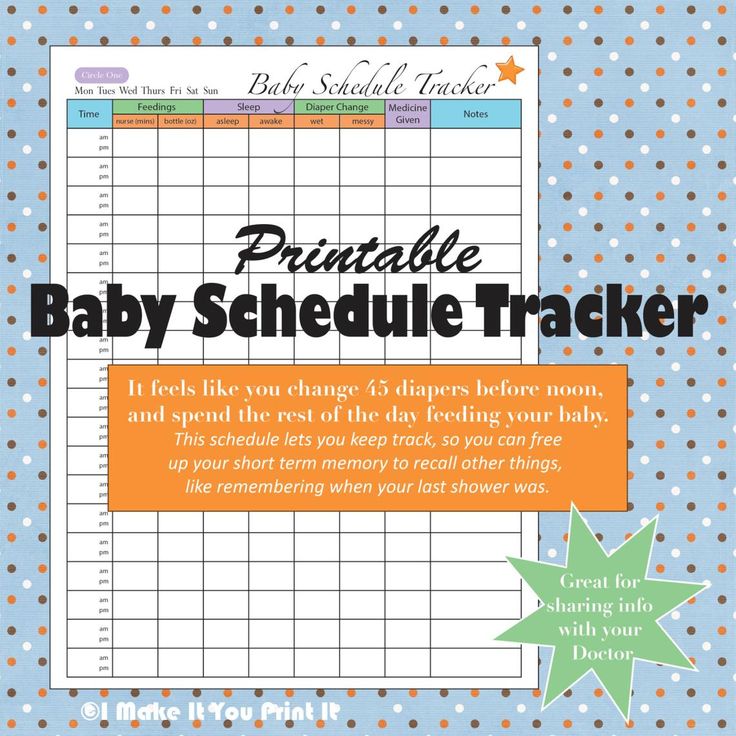
How to drop breastfeeds
If breastfeeding is well established then it’s best to think through how you are going to drop feeds rather than go cold turkey.
Engorgement happens when the breast is not emptied regularly enough, or you suddenly stop feeding.
Engorgement is painful and can lead to blocked milk ducts and infection such as mastitis.
When you are dropping a breastfeed, manually express or pump a little at the usual feeding time just enough to take the edge off of your boob’s fullness. Do not pump too much.
If you are in discomfort, you can try a warm shower or wash cloth compress and try to gently hand express some milk. Only express enough to ease the pain, you don’t want to continue signalling to your body to keep making milk.
You can also try lettuce leaves in your bra (really!).
Tips for mix feeding
Make sure your baby gets a full feed
Your baby will go through several different consistencies of breast milk at each feed.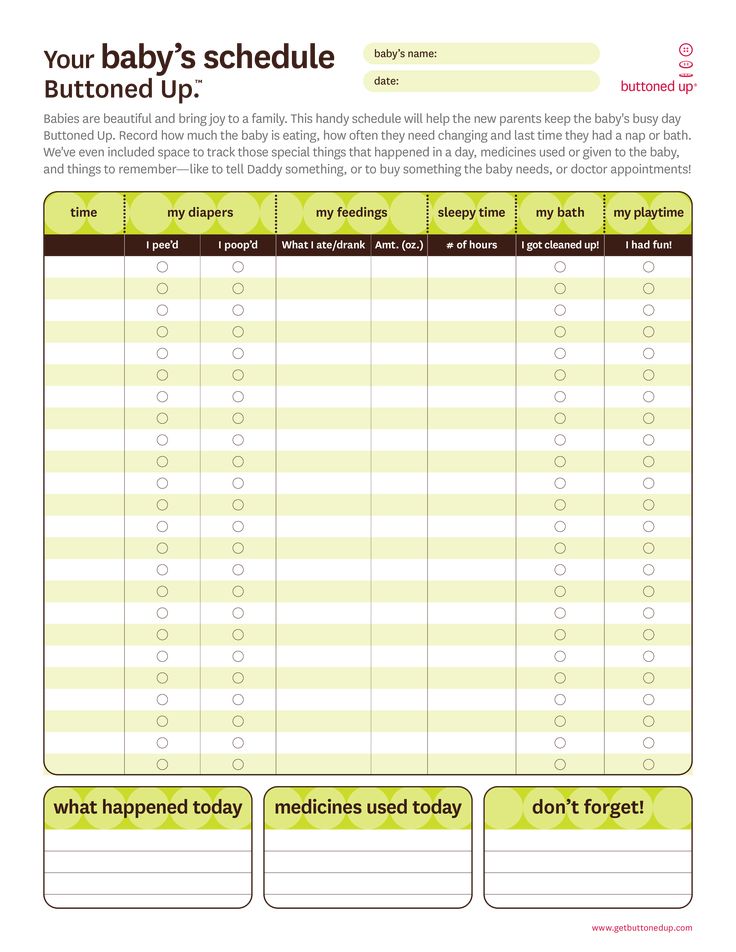 The first is the third quencher, which is a slightly thinner milk, and then the rich stuff comes at the very end. Try to make sure you “empty” the breast at each feed. I say empty, but your boobs are never truly empty. It’s a river, not a pond. Just make sure your breast feels much softer by the end of the feed.
The first is the third quencher, which is a slightly thinner milk, and then the rich stuff comes at the very end. Try to make sure you “empty” the breast at each feed. I say empty, but your boobs are never truly empty. It’s a river, not a pond. Just make sure your breast feels much softer by the end of the feed.
Switch sides
As with exclusive breastfeeding, you need to remember to switch sides so you don’t end up lopsided or engorged on one side.
Try a bracelet or hair tie to remind you which side you fed from last time.
Pump if you are missing a lot of breastfeeds
If this is a one-off, for example if you are off to a wedding for the day and cannot breastfeed your baby at all, then you will need to pump or express while you are away from your baby.
If you don’t express the milk somehow, you will be in a lot of discomfort, eventually your boobs will leak and you are at risk of development blocked ducts and an infection.
The quickest way to extract milk from your breast is with an electric breast pump.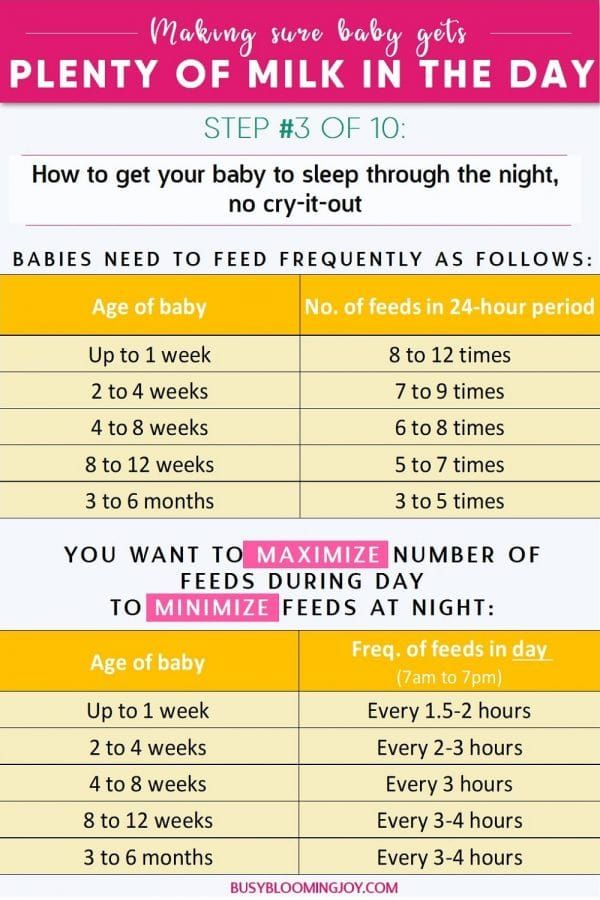 You could also use a manual pump such as a Haakaa.
You could also use a manual pump such as a Haakaa.
Agree the routine with your partner
Whoever is feeding your baby other than you needs to be on board with at least a vague schedule.
You don’t want to be overflowing with milk and in pain while they feed the baby their third bottle of formula in a row.
Agree how you will do this so that everyone is happy, and so that you are comfortable.
Ditch the guilt
There is no need to feel guilty that you are offering some formula. We all do what is right for us and our family.
Official advice is that babies ideally should get six months of exclusive breastfeeding, but ultimately if your baby is fed, loved, clean and warm, you cannot go far wrong.
Sample baby combination feeding schedule
In case you are still confused about how you might weave a bottle feed into your routine, here are some sample combination feeding timings for you.
These schedules would be for a baby of around three to four months who is not yet weaning.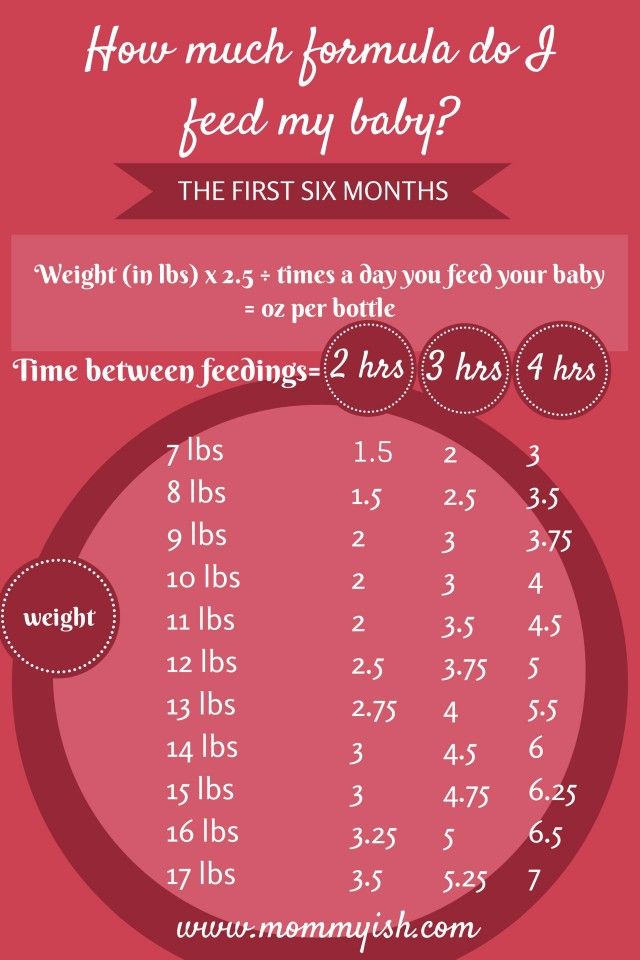
One bottle of formula per day
7am Breastfeed. This is an important time of day to breastfeed your baby, as your boobs may be engorged from overnight. That does of course depend on how many night feeds you had to deliver! But overall it’s a good idea to keep this breastfeed for your own personal comfort levels in the morning.
10am Breastfeed.
1pm Breastfeed.
4pm Breastfeed
7pm Breastfeed/formula. If this is your baby’s last feed of the day and they are managing to sleep through then make this your formula feed of the day. This gives you a break to get an early night in case there are any surprise night feeds. If you are swapping this feed for formula, and your baby is sleeping through the night (hooray) then you may want to pump at this time for your own comfort. You can freeze your breast milk to store it for another day, or just pump enough to take the edge off of your discomfort.
10pm Formula. Many parents like to make the 10pm feed, or dream feed, the formula feed. This enables the other parent to get involved with feeding the baby and gives mama a break from breastfeeding.
This enables the other parent to get involved with feeding the baby and gives mama a break from breastfeeding.
Two bottles of formula per day
7am Breastfeed.
10am Breastfeed
1pm Formula
4pm Breastfeed.
7pm Formula/breastfeed. Which way round you do the second bottle of formula for the day is up to you. How you decide depends on how uncomfortable you get during the evening if you haven’t fed for a few hours. Your boobs will adjust depending on supply/demand eventually. If dropping a feed for formula does leave you uncomfortable, then either manually express or pump the edge off the discomfort.
10pm Formula/breastfeed. If your baby is still feeding in the night you may want to consider a dream feed to help them sleep through until morning. Otherwise you could just feed on demand through the night. Every baby is different. With some a dream feed helps them sleep through and with others it makes no difference to the early morning wake-ups.
And here’s another schedule example, which you can save if you want to keep it. It’s all about making it work for you. The key is to continue putting baby to the breast regularly to keep your supply going. The schedule below works for a baby of around three to four months who is taking three naps per day plus a possible cat nap in the late afternoon. Simply adjust the timings based on your own baby’s awake time and number of daily naps.
It’s all about making it work for you. The key is to continue putting baby to the breast regularly to keep your supply going. The schedule below works for a baby of around three to four months who is taking three naps per day plus a possible cat nap in the late afternoon. Simply adjust the timings based on your own baby’s awake time and number of daily naps.
If you do find you get a drop in supply at any stage, check out these tips for boosting your breast milk supply.
I hope this post was useful and has given you some good ideas for combination feeding. Do let me know if you have any questions.
V
X
Mixed feeding: when is it necessary and how to organize it
Supplementary feeding with milk formula should be introduced and discontinued gradually, focusing on the weight gain of the child
How to understand that the baby needs to be supplemented? What to consider when choosing a mixture? How to maintain lactation and when to stop supplementary feeding? We answer common questions from parents about mixed feeding together with Olga Lukoyanova, MD, pediatrician, neonatologist, leading researcher at the Healthy and Sick Child Nutrition Laboratory of the National Medical Research Center for Children's Health.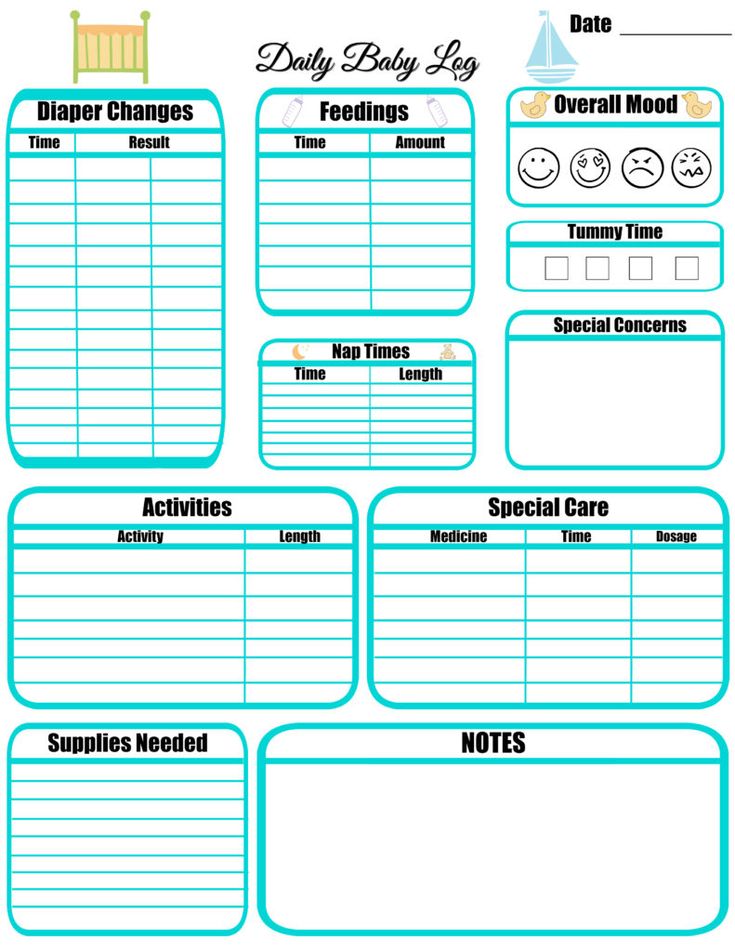
When mixed feeding is recommended
The reasons for introducing supplementary foods may vary, but the main one is the lack of mother's milk. There are other situations where this is necessary, but they are much less common. Sometimes an allergy in an infant, frequent regurgitation, constipation is considered a sufficient reason for mixed feeding, but this is not the case. By themselves, these conditions are not yet a reason to introduce supplementary feeding - often these problems can be solved by changing the diet of the mother or prescribing medication to the mother or child.
Only in very rare cases (for example, a combination of constipation in a child and a lack of milk in a mother) do you have to introduce a medicinal mixture as a supplement. There are also very rare hereditary diseases (for example, phenylketonuria and other metabolic disorders) when it is really necessary to find the right combination of breast milk and a suitable therapeutic formula.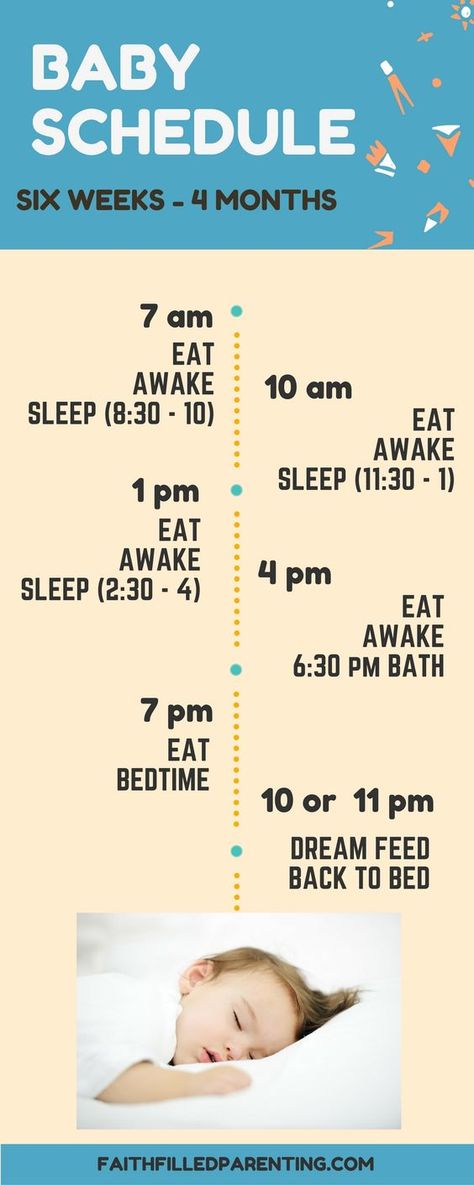
Not a single, even the most modern, adapted milk formula can be a complete replacement for mother's milk - it is, by and large, irreplaceable. Therefore, supplementary feeding is introduced only when all the ways to stimulate lactation have been exhausted and there are obvious signs of a lack of breast milk.
The main guideline is weight gain
How do you know if a mother is really low on milk? This is a medical problem that should be addressed to a pediatrician or neonatologist. He will listen to the mother's complaints, weigh the child, evaluate his behavior and the dynamics of weight gain. By the way, in 2019, at the initiative of the Union of Pediatricians of Russia, a Program was created to optimize the feeding of children in the first year of life. A whole section of this document approved by the Ministry of Health is devoted to how to understand that a child is not getting enough mother's milk and when supplementary feeding is introduced.
The big problem is the too early and unreasonable introduction of supplementary feeding in the maternity hospital (on the first or third day after birth).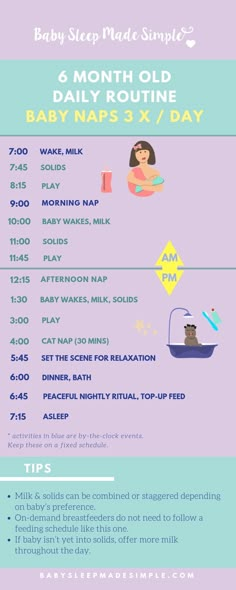 However, it should not be administered when the child is crying and seems to be hungry.
However, it should not be administered when the child is crying and seems to be hungry.
In the first few days after birth, breast milk is often not enough. But if the mother is constantly next to the baby, often puts it to the breast and feeds on demand, then lactation is quickly getting better and supplementary feeding is usually not needed.
After discharge from the maternity hospital, the mother is left alone with her baby and, as a rule, is especially worried about his nutrition. But in the first days and weeks, the child naturally loses weight, and this does not mean at all that there is not enough milk. According to WHO experts, body weight can return to what it was at birth only by the end of the second week of life.
You can understand that there is not enough milk, for example, by the color of the baby's urine - normally it should be light, not concentrated. Another indicator is the number of bowel movements: they should be at least 4-6 per day. But the most reliable way to find out if the baby has enough mother's milk is regular weighing.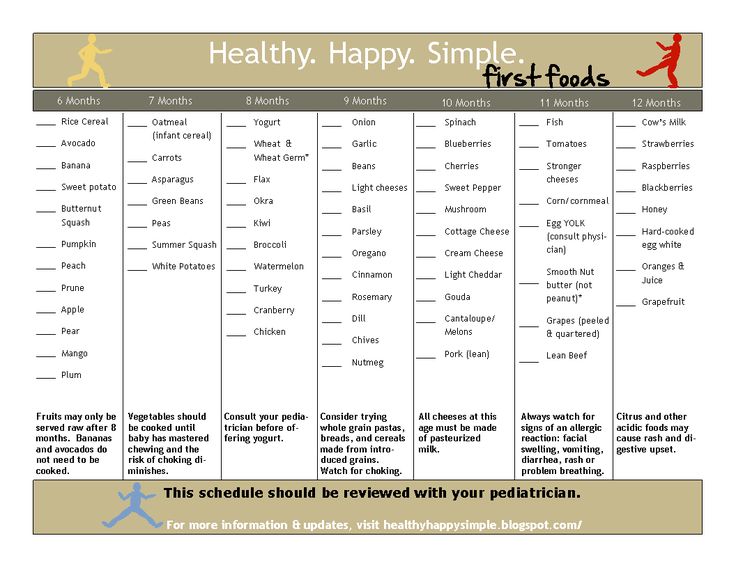 Scales for newborns do not have to be bought, they can be rented - this will save money and reduce parental anxiety.
Scales for newborns do not have to be bought, they can be rented - this will save money and reduce parental anxiety.
The baby should be weighed without clothes and a diaper at the same time of day. There is no need to do this before and after feeding - he can suck out different amounts of milk at a time. It is better to track the weight once a day, every 3 days, or even once a week.
For the first month, the minimum required is an increase of 25–30 g per day from the second week of life, or 400–600 g of birth weight. If during this time the child gained less than 400 g, then supplementary feeding should be introduced.
At the same time, it is necessary to continue to stimulate lactation, to put the baby to the breast as often as possible and try to keep mother's milk as the basis of the diet, and also to continue weighing the baby. If in the second month of life the increase is 180–200 g per week, then supplementary feeding is not needed.
At the age of 3-6 months, the rate of weight gain decreases to 120-130 g per week.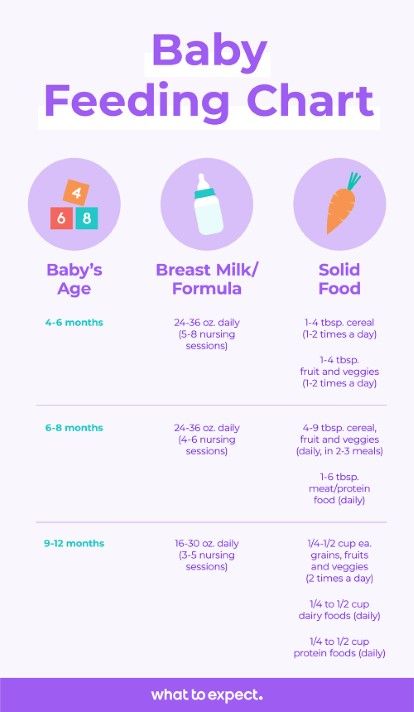 In addition to weight dynamics, pay attention to other signs. If the child is often worried, rarely urinates, and at the same time the urine is concentrated, saturated in color, resume weighing once a day and share your concerns with the pediatrician.
In addition to weight dynamics, pay attention to other signs. If the child is often worried, rarely urinates, and at the same time the urine is concentrated, saturated in color, resume weighing once a day and share your concerns with the pediatrician.
How to choose the right formula
All formulas on the market are certified to be as close as possible to breast milk, adapted to the needs of babies, fortified with essential substances and similar in composition. To understand what kind of mixture a child needs for supplementary feeding, it is important to remember the features of his development. If there are no complaints, but the mother has little milk, then, in principle, the parents themselves can choose any milk formula for healthy children.
However, if there are complaints (regurgitation, constipation, allergies, colic), then a doctor will help you choose a special therapeutic mixture. After all, even ordinary, it would seem, infantile constipation can have different causes - for example, allergies.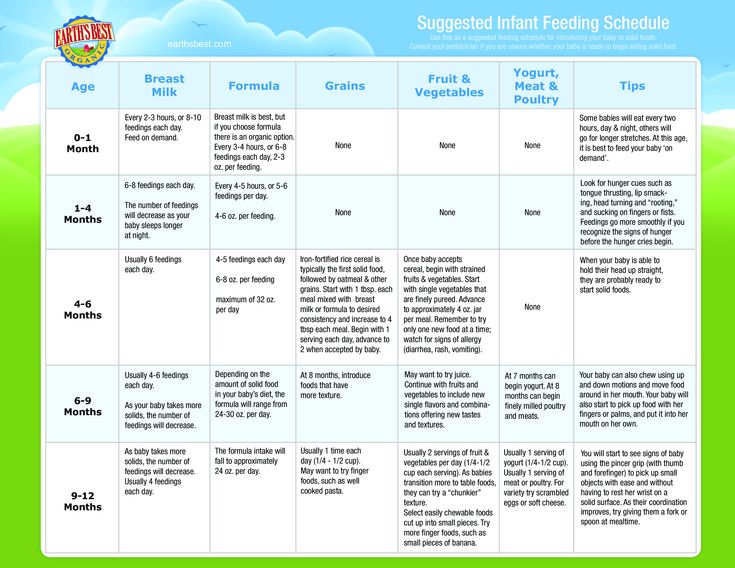 And in this case, even a therapeutic mixture for constipation will be useless. Therefore, first you need to find out the cause of the problem, and only then select a mixture that will help eliminate it.
And in this case, even a therapeutic mixture for constipation will be useless. Therefore, first you need to find out the cause of the problem, and only then select a mixture that will help eliminate it.
Sometimes parents try to find the right formula for their baby by changing brands. However, firstly, the effect of introducing a new formula becomes noticeable no earlier than after 2 weeks. Secondly, mixtures of the same type (for example, for healthy children in the first six months of life or against colic and constipation) are almost identical in composition, regardless of the brand. Mixtures for different purposes from the same manufacturer differ much more from each other. Therefore, instead of changing brands, you need to look for a solution to the problem together with a specialist.
How to maintain lactation with mixed feeding
To prevent the milk from “leaving”, formula should be given only after the baby is attached to the breast. To prevent a baby from switching to a pacifier, alternative methods of supplementary feeding are sometimes offered - for example, feeding from a spoon or through a drinking bowl. This approach can be applied to older children, especially if the proportion of complementary foods in the diet is small. But if the child is small, and the mixture is, for example, 50% of the daily ration or more, then it is still more convenient to supplement it from a bottle with a nipple. And so that the baby does not wean from the breast, it must be applied to it as often as possible - both day and night.
This approach can be applied to older children, especially if the proportion of complementary foods in the diet is small. But if the child is small, and the mixture is, for example, 50% of the daily ration or more, then it is still more convenient to supplement it from a bottle with a nipple. And so that the baby does not wean from the breast, it must be applied to it as often as possible - both day and night.
Of course, there is a risk of reduced lactation - studies show that the introduction of supplementary foods reduces the success of breastfeeding. But here it is important not to fall into another vicious circle: if a mother is very worried that she does not have enough milk, and the child is really screaming from hunger, then there will be even less milk. Therefore, it is better to introduce supplementary feeding for this period, calm down, continue to stimulate lactation, achieve stable weight gain in the baby, and then begin the gradual abolition of supplementary feeding.
How to correctly calculate the amount of mix
The amount of supplementary feeding depends on the mother's milk production, the age and weight of the baby, so there are no clear recommendations here. First of all, you need to focus on the condition and well-being of the child after feeding. For example, a 1-month-old baby may start with 10 ml (2 teaspoons) of supplementary feeding after breastfeeding, older children may need 30 ml.
After feeding, observe the condition of the baby: if he behaves calmly, then the mixture is enough and next time you can give the same amount. If the child is restless, you can gradually increase the amount of the mixture and control weight gain. It is not necessary to supplement the baby with each breastfeed - as a rule, it is enough to do this 2-3 times a day.
Supplementary feeding should be canceled in time
Supplementary feeding should remain a temporary phenomenon, therefore, against the background of its introduction, lactation should be continued to be stimulated: often attach the baby to the breast, use special thermal pads on the breast before feeding, drink a hot drink before feeding, do contrast pouring over the breast area. All this stimulates the production of milk well.
All this stimulates the production of milk well.
Once stable weight gain has been achieved for age, it is important to begin to gradually reduce the amount of formula in the diet, for example by 10 ml at a time. After a few days, try to give another 10 ml of the mixture less and again carefully monitor the well-being and mood of the baby. In many cases, this will gradually eliminate all supplements and reinstate exclusive breastfeeding.
Photo: Collection/iStock
Rules for mixed feeding - how to maintain lactation, choose a mixture and other issues.
— Polina Aleksandrovna, what is mixed feeding of newborns?
— With mixed feeding, the baby receives breast milk and milk formula in different proportions.
— When does the pediatrician recommend mixed feeding?
— The reasons why a pediatrician partially replaces natural nutrition with formula can be divided into three groups.
- Mother's lack of milk.
 Low lactation can lead to weight loss in a baby. With a pronounced lack of weight, additional nutrition is necessary.
Low lactation can lead to weight loss in a baby. With a pronounced lack of weight, additional nutrition is necessary. - Functional disorders in a child. For constipation, regurgitation, allergic reactions and other conditions, a therapeutic mixture is prescribed.
- Mom is absent for feeding time. If there is no milk bank and it is impossible to form it, supplementary feeding is given.
— Some mothers refuse to breastfeed because of bad environment. Does the environment really affect the quality of breastfeeding?
— It cannot be said that the environment affects the quantity and quality of women's milk. Milk is filtered from the mother's blood. Blood passes through the vessels of the mammary gland and brings useful substances into breast milk, they are no longer taken from anywhere. At the same time, harmful substances from the environment are not allowed to enter the milk.
Due to poor ecology, the mother may be deficient in trace elements, and then the quality of milk will decrease.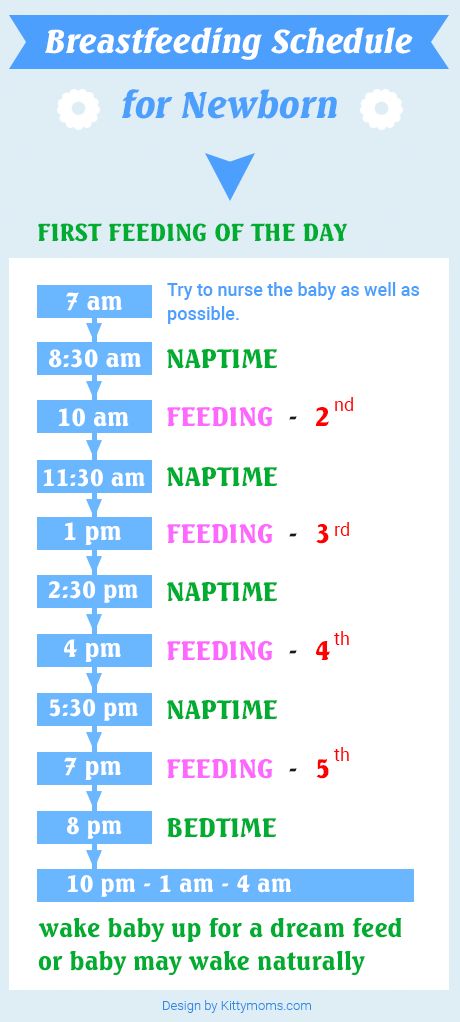 However, doctors are usually aware of the mother's deficiency conditions, since she had blood tests during pregnancy, and they correct them with nutrition or drugs.
However, doctors are usually aware of the mother's deficiency conditions, since she had blood tests during pregnancy, and they correct them with nutrition or drugs.
— Polina Alexandrovna, another fear — mothers are afraid that milk will be lost during mixed feeding.
— This can become a reality if mixed feeding is not rationally approached. True hypogalactia is extremely rare, it is 1-2% in the female population. The body of a woman produces a sufficient amount of milk on the principle of "supply - demand". If the mother begins to increase the volume of the mixture, then the amount of milk in the breast really decreases. The baby will not suck more milk from the breast when he receives an increasing portion of the mixture.
— Will a mixed-fed baby have stomach ache?
- There is no specific link between infant formula and abdominal pain. Yes, when formula is introduced, stools may change. But this does not mean that there will be discomfort for the child.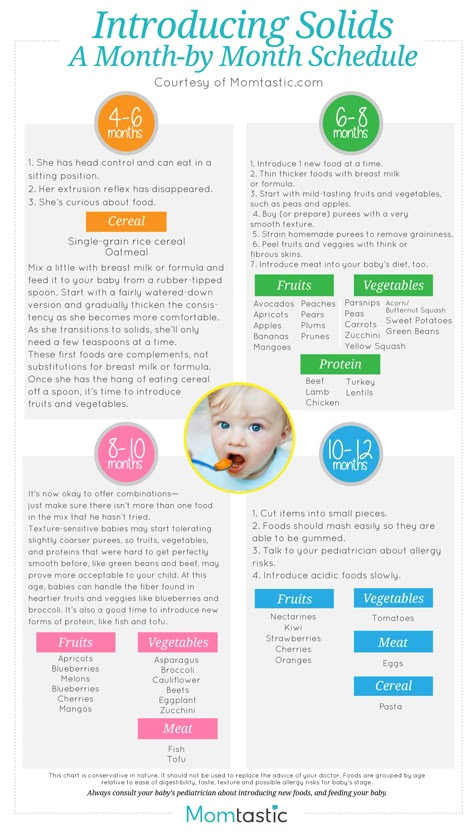 The stool becomes more dense, acquires a greenish tint (it has a yellowish color when breastfed) - this is the norm, which should not be feared.
The stool becomes more dense, acquires a greenish tint (it has a yellowish color when breastfed) - this is the norm, which should not be feared.
Liquid stools with mixed feeding are formed for various reasons:
- infant receives special formula;
- mom went too far with the amount of mixture;
- in case of intolerance to the components of the milk mixture.
For symptoms that bother the baby and mother, you need to see a doctor.
— How does mixed feeding affect the child's immunity?
— The immunity of infants develops independently of the type of feeding. But mother's milk contains antibodies and beneficial substances that enhance the immunity of the baby. With a reduced proportion of breast milk on mixed feeding of these substances, the child will receive less than on breastfeeding. But this does not apply to the formation of immunity, and the child's immunity will not suffer from mixed feeding.
— Polina Alexandrovna, how to maintain lactation with mixed feeding?
- In order to keep breastfeeding, you do not need to give formula more than necessary.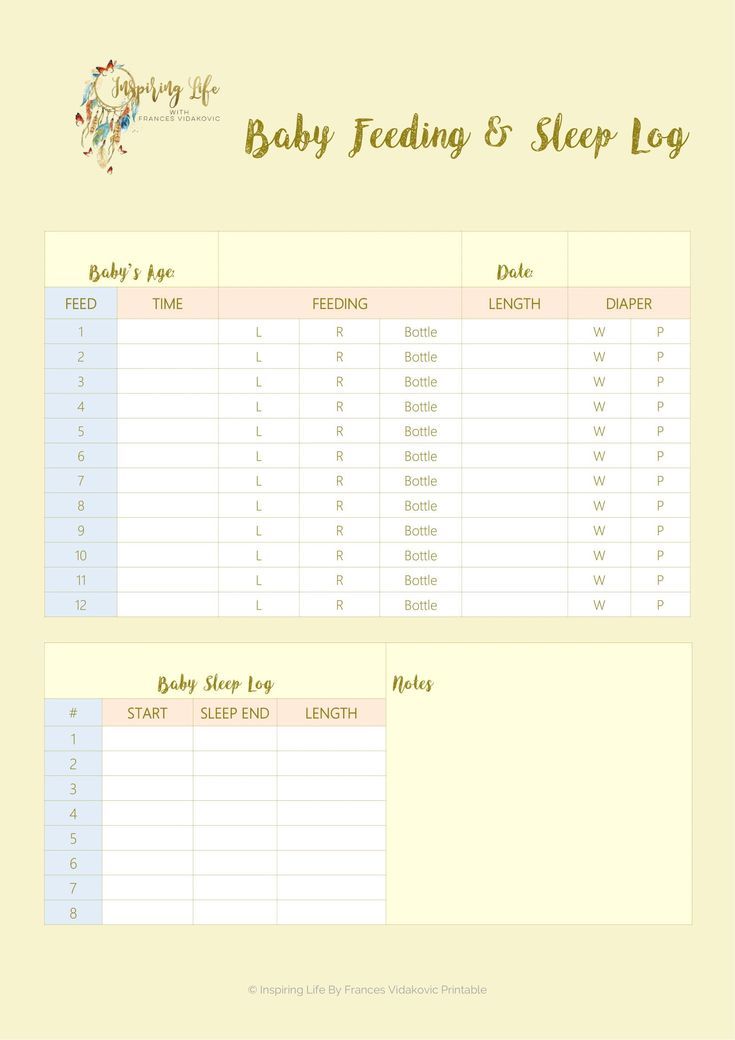 The doctor determines the amount of supplementary feeding, and you should not independently increase its volume.
The doctor determines the amount of supplementary feeding, and you should not independently increase its volume.
Try to breastfeed more often, breastfeed first and then formula. With the help of a breast pump, you can express after bottle feeding. The goal is not to express a large amount of milk, but to stimulate the nipple, as if applying to the breast, and send a signal to the brain that the baby needs more milk. More milk will come next time.
Table. Mixed feeding of newborns - pros and cons
— Can I choose my own formula for mixed feeding?
- I do not recommend choosing food for the child on your own. With mixed feeding of an infant, it is important to determine not only the type of mixture, but also the nature of supplementary feeding. How much to supplement, so as not to overfeed or leave the baby hungry, so as not to lose breast milk? Should I supplement each time or alternate between breast and bottle feeding, should I formula feed at night? There are many questions.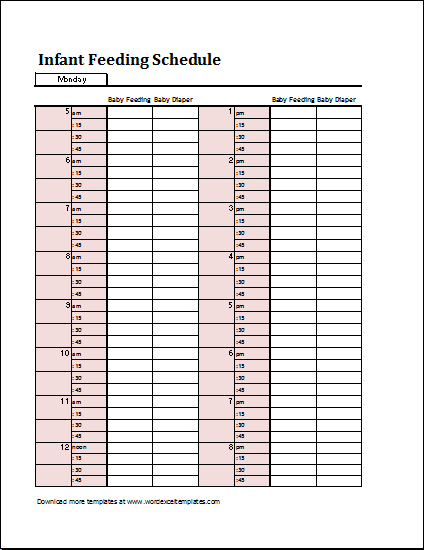 Therefore, even if the mother has made a choice in favor of a certain mixture, she should consult a doctor about the appropriateness of its use and ask how and how much to give the mixture.
Therefore, even if the mother has made a choice in favor of a certain mixture, she should consult a doctor about the appropriateness of its use and ask how and how much to give the mixture.
See also
- "How to choose the right infant formula"
How to switch to mixed feeding
- It all depends on the chosen scheme of mixed feeding and the method of supplementary feeding.
- How to calculate the amount of formula for mixed feeding?
- You need to start from how much the child should eat per day. The daily amount of food is divided by the frequency of feedings to determine the amount of food at one time.
- Checkweighing determines how much breastmilk the baby eats and how much the baby is undernourished. He makes up the difference with a mixture.
- Despite the fact that formula is usually diluted at a ratio of 1 scoop per 30 ml, supplementation will not necessarily be a multiple of 30.
 If 40 ml is needed for supplementation, mom prepares 60 ml and only gives 40 ml of them. It is not necessary to give food beyond measure so that lactation does not fade away - when you offer the baby more formula, he asks for less breast milk.
If 40 ml is needed for supplementation, mom prepares 60 ml and only gives 40 ml of them. It is not necessary to give food beyond measure so that lactation does not fade away - when you offer the baby more formula, he asks for less breast milk.
— Is it possible to overfeed a newborn?
- It is always worthwhile to adequately assess lactation and add the amount of formula that the baby really needs. By weighing your baby before and after a feed, you will know how much breast milk he has eaten and how much formula to give him. Given this, the mother will not overfeed the baby.
— Polina Alexandrovna, what dish should I choose for mixed feeding?
- Baby utensils must have the following characteristics:
- safety of materials - it is confirmed by certificates;
- the possibility of processing high temperatures during sterilization and boiling;
- The right size nipple on the bottle - every age needs a different flow rate for baby's comfort.
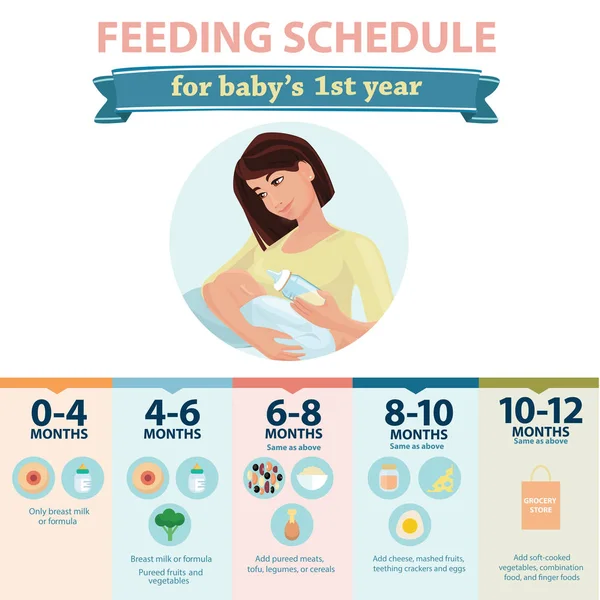
In addition, choose a baby dishwashing detergent that rinses off well with water, and use a separate brush for greater hygiene and convenience.
— The rules for mixed feeding are not limited to formula. What role does mother's nutrition play in this process?
— Scientists have long found out that the mother's diet does not affect the child one hundred percent. If the mother is not on a strict diet, does not use preservatives, dyes and heavy fried foods, eats varied, then her diet will not adversely affect the baby's condition. Therefore, the only limitation is a reasonable diet without harmful substances.
How long does expressed breast milk last?
- Expressed milk can be stored in the refrigerator or frozen. Temperature and shelf life of expressed breast milk:
Expressed milk is stored in the refrigerator before freezing, and after cooling it is sent to the freezer. Frozen milk is thawed in the refrigerator and heated in a water bath to a comfortable temperature. You do not need to boil it in order to cool it down and give it to the child.
You do not need to boil it in order to cool it down and give it to the child.
Mixed feeding rules
— How to properly feed a child with mixed feeding?
- It is advisable to prepare the bottle in advance or pour water heated to the required temperature into it. After breastfeeding and control weighing, it remains to pour the required number of spoons of the mixture into a bottle of water and dilute it.
It is advisable to breastfeed and formula in one meal - first at the breast and immediately after the bottle. When formula feeding, it is best to hold the baby in your arms to maintain physical and emotional contact and minimize the difference for the baby between feeding breast milk and infant formula.
— Do I need a feeding schedule for mixed feeding?
— Yes, when formula appears in a child's diet, there is a need for a feeding regimen. The mixture is quite dense and leaves the baby's stomach 3-4 hours after feeding, so it is recommended to keep breaks between feedings for at least 3 hours on mixed feeding.
— How to feed the baby at night with mixed feeding?
- Everything is individual and depends on the amount of supplementary feeding. If the mother gives 10-20 ml of the mixture, you can not supplement it at night, at this time of the day the need for nutrition is lower. But if the volume of supplementary feeding is large enough, then it is required to supplement the child with a mixture even at night. The most important thing is to come to the required daily amount of food. In addition, to maintain lactation, it is important to put the baby to the breast from 3 am to 7 am: at this time, the hormone responsible for stimulating lactation is most active.
— Should I give my baby water when mixed feeding?
- You need to focus on the amount of supplementary feeding:
- if you supplement 10-20 ml of the mixture - there is no urgent need for water;
- if supplementary feeding is 50% or more in the meal, you can supplement it.
 Enough 20-50 ml of water per day, depending on the volume of the mixture in the diet, the age of the child and external factors (such as temperature, dry air).
Enough 20-50 ml of water per day, depending on the volume of the mixture in the diet, the age of the child and external factors (such as temperature, dry air).
See also
- "How to give water for up to a year"
— When is goat milk formula recommended for mixed feeding?
— Goat's milk formula is recommended for supplementary feeding and replenishment of breast milk deficiency or as preventive nutrition for a healthy baby with allergies in relatives. With a proven allergy to cow protein, a therapeutic mixture is prescribed.
Infant formula for mixed feeding is selected by a specialist. In order for lactation not to decrease, the mixture is administered in the amount that the child really needs - not beyond the measure and not less than the norm, which is determined by the doctor. Do not forget to supplement your baby with water if the amount of mixture in the mixed-feeding diet is significant enough.
* Breast milk is the best food for babies.






